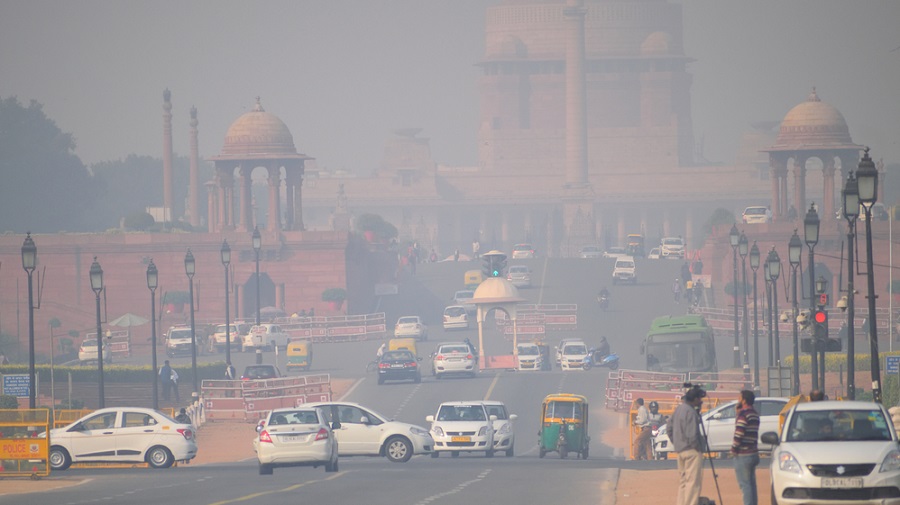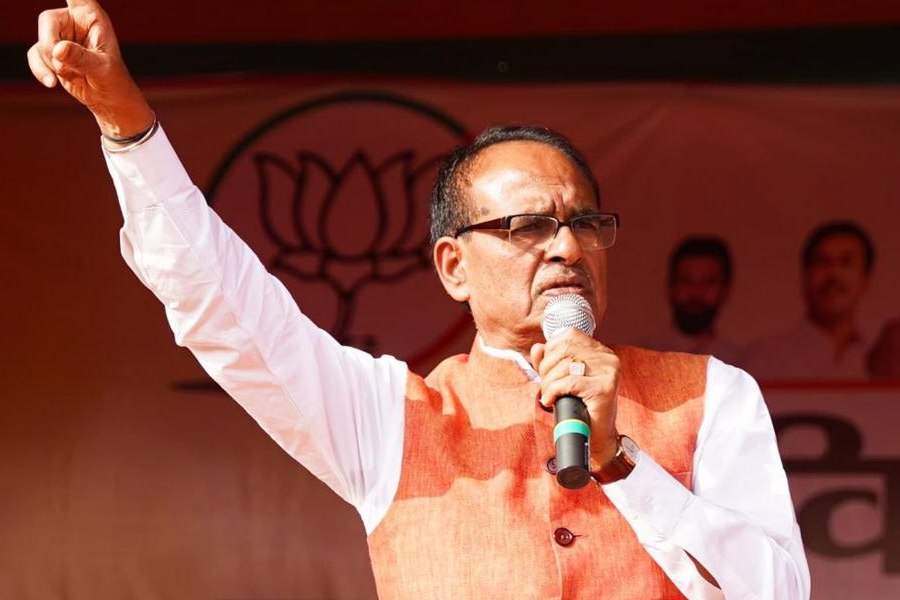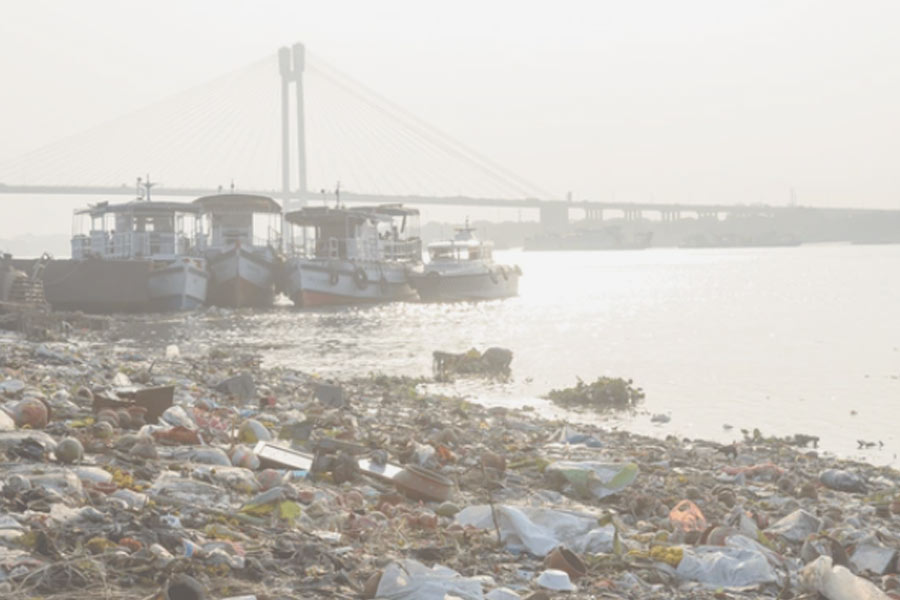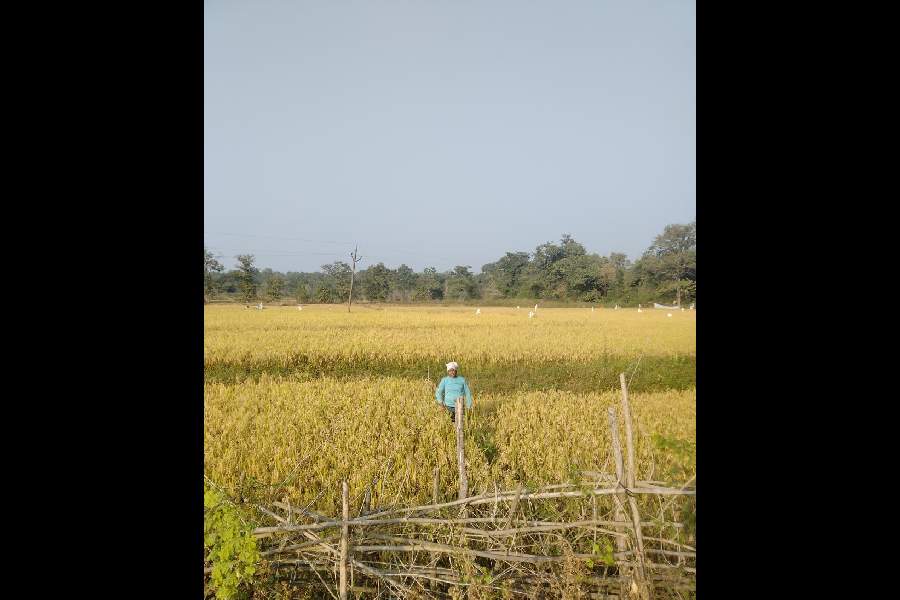Dense fog over Delhi reduced visibility to just 50 metres, as the minimum temperature in the city dipped to 3.3 degrees Celsius on Thursday, the season's lowest so far, the India Meteorological Department said.
It is also the third consecutive "cold wave" day in the city, said Kuldeep Srivastava, the head of the IMD's regional forecasting centre.
The Safdarjung Observatory, which provides representative data for the city, recorded a minimum of 3.3 degrees Celsius, the lowest this season so far.
"Cold day" conditions are likely as the maximum temperature is predicted to settle below 16 degrees Celsius, Srivastava said.
The Lodhi Road weather station registered a minimum of 3.1 degrees Celsius.
Delhi recorded a minimum of 3.4 degrees Celsius on December 20. At 15.2 degrees Celsius, it recorded the season's lowest maximum temperature on December 18.
Srivastava said "dense" fog accumulated over Delhi-NCR, Punjab, Haryana, north Rajasthan and west Uttar Pradesh, lowering visibility to 50 metres at many places.
Visibility levels at Safdarjung and Palam dropped to 100 metres and 50 metres, respectively, due to dense fog, he said.
According to the IMD, "very dense" fog is when visibility is between 0 and 50 metres, 51 and 200 is "dense", 201 and 500 "moderate", and 501 and 1,000 "shallow".
The cold wave is likely to continue on Friday as well. Thereafter, the minimum temperature will start rising under the influence of an "intense" Western Disturbance (WD) which will affect northwest India from January 2 to January 6, Srivastava said.
The minimum temperature is predicted to rise to eight degrees Celsius by January 4-5.
Light rain is also expected in the national capital under the influence of the WD from January 3 to January 5.
The WD will lead to moderate snowfall in the western Himalayan region, the IMD said.
In the plains, the IMD declares a cold wave if the minimum temperature dips to 4 degrees Celsius. A severe cold wave is when the minimum is 2 degrees Celsius or less.
A cold wave is also declared when the minimum temperature is 10 degrees Celsius or below and is 4.5 notches less than normal. A "severe" cold wave is when the minimum temperature dips to two degrees Celsius or the departure is more than 6.4 degrees Celsius.
The mean minimum temperature (7.06 degrees Celsius) in December this year is less than last year when it was 7.6 degrees Celsius.
Last year, the national capital broke the record of the longest cold spell, registering 18 consecutive cold days.
At 9.4 degrees Celsius, Delhi had also recorded the lowest maximum temperature in December in 119 years.
This year, however, the city has witnessed only three "cold" days and 7 "cold wave" days so far.
A cold day is declared when the maximum temperature is less than or equal to 16 degrees Celsius.
Delhi's air quality was recorded in the "poor" category on Thursday.
The city's air quality index (AQI) at 10 am was 331. The 24-hour average AQI was 290 on Wednesday, 265 on Tuesday, 253 on Monday and 396 on Sunday.
An AQI between zero and 50 is considered "good", 51 and 100 "satisfactory", 101 and 200 "moderate", 201 and 300 "poor", 301 and 400 "very poor", and 401 and 500 "severe".










